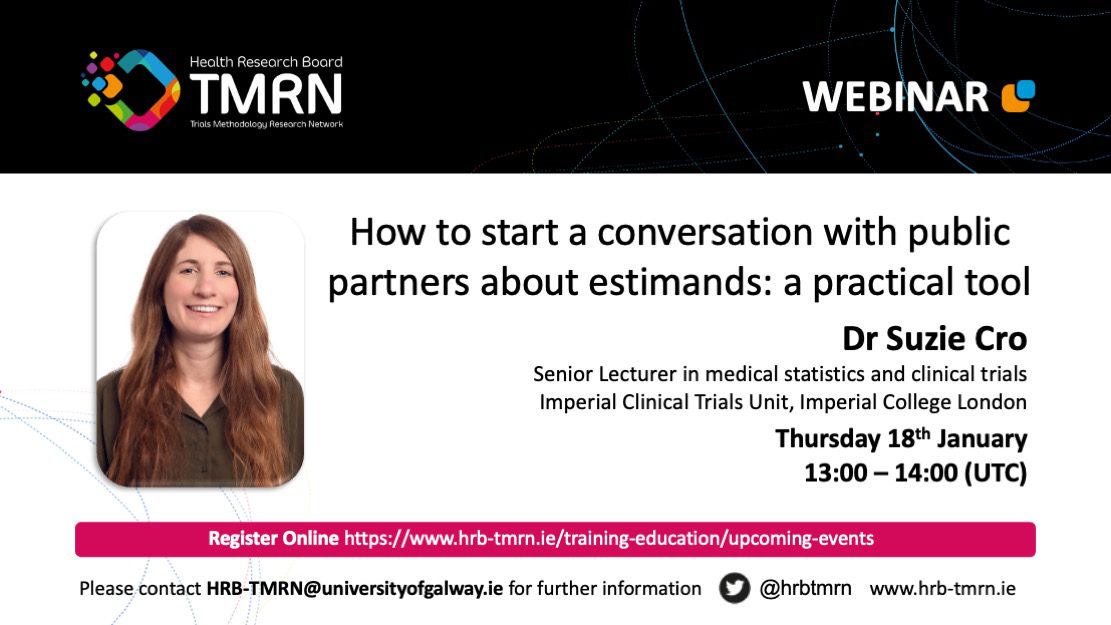Clinical trials aim to draw conclusions about the effects of treatments, but different trials can address quite different questions. For example, does the treatment work when it is received as prescribed?, or does the treatment work even if not all treatment is received? Since different questions can lead to different conclusions on treatment benefit, it is important to have a clear understanding of precisely what treatment effect a trial aims to investigate – this is what we call the ‘estimand’. Using estimands helps to ensure trials are designed and analysed to answer the questions of interest to different stakeholders, including patients and public partners. Public partners are patients or members of the public who are part of the research team. In this webinar we explored public partner’s perspectives on the importance of discussing estimands when designing a trial and present a co-developed practical tool that helps explain what an estimand is and what impact it may have in trial results.
Suzie Cro is a Senior Lecturer in medical statistics and clinical trials, head of statistics and trial methodology at Imperial Clinical Trials Unit (ICTU), Imperial College London. She has over 13 years’ experience in the design and analysis of clinical trials and other interventional studies across clinical areas including ophthalmology, dermatology, musculoskeletal and opiate addiction. She holds a personal NIHR advanced research fellowship to translate the ICH-E9R1 addendum on estimands into best statistical practice and to develop accessible statistical methods to estimate treatment estimands in randomized controlled trials where clinical outcomes have been affected by intercurrent events. Her other statistical research interests include handling missing data and transparency in the statistical analysis of clinical trials. She obtained her PhD in medical statistical from the London School of Hygiene and Tropical Medicine.







